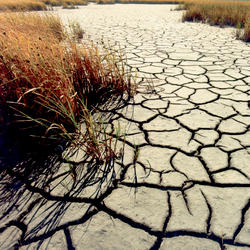Erik Smith, Ph.D.
Dr. Smith constructs predictive hydrodynamic and water-quality models (CE-QUAL-W2; EFDC) to better understand land-use and hydrologic modification effects on nutrient fate/transport for inland lakes, estuaries, and reservoir systems. He also has a strong interest in improving the predictive capacity of these models to simulate harmful algal blooms.
Erik Smith has been a hydrologist with the U.S. Geological Survey since 2005. Other hydrodynamic modeling interests include applied models to better serve water resource managers, such as the timing of harmful algal blooms and water-quality changes from large interbasin water transfers. Aside from hydrodynamic and water-quality modeling, Erik has applied experience with machine learning techniques (such as boosted regression trees) and Geographic Information Systems (including all ESRI products and QGIS).
Erik started his career as a supporting scientist and full-time hydrologist on the NAWQA program's Agricultural Chemicals Transport (ACT) team (South Fork Iowa River). Building on this experience, he has spent much of his career leading studies to better understand agricultural impacts on groundwater recharge from both subsurface tile drainage and crop irrigation.
Education and Certifications
Doctor of Philosophy, Water Resources Science, University of Minnesota-Twin Cities, 2012
Master of Science, Geology and Geophysics, University of Minnesota-Twin Cities, 2005




